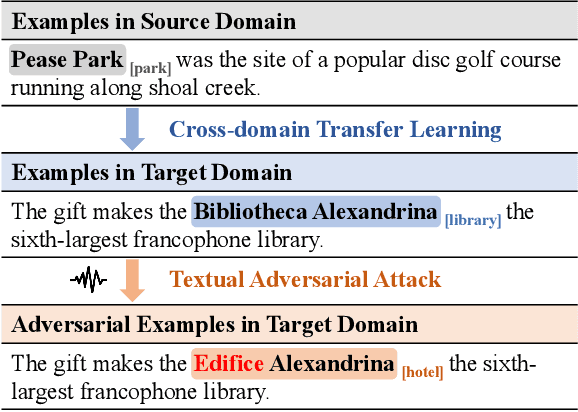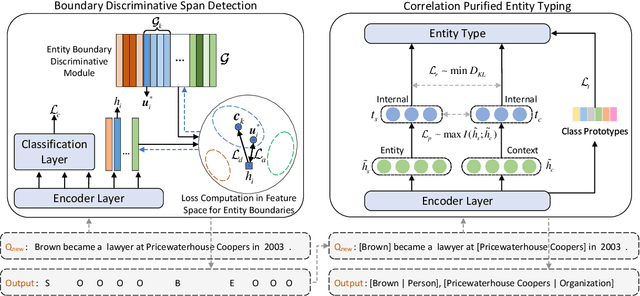Tianxiang Xu
GTCN-G: A Residual Graph-Temporal Fusion Network for Imbalanced Intrusion Detection (Preprint)
Oct 08, 2025Abstract:The escalating complexity of network threats and the inherent class imbalance in traffic data present formidable challenges for modern Intrusion Detection Systems (IDS). While Graph Neural Networks (GNNs) excel in modeling topological structures and Temporal Convolutional Networks (TCNs) are proficient in capturing time-series dependencies, a framework that synergistically integrates both while explicitly addressing data imbalance remains an open challenge. This paper introduces a novel deep learning framework, named Gated Temporal Convolutional Network and Graph (GTCN-G), engineered to overcome these limitations. Our model uniquely fuses a Gated TCN (G-TCN) for extracting hierarchical temporal features from network flows with a Graph Convolutional Network (GCN) designed to learn from the underlying graph structure. The core innovation lies in the integration of a residual learning mechanism, implemented via a Graph Attention Network (GAT). This mechanism preserves original feature information through residual connections, which is critical for mitigating the class imbalance problem and enhancing detection sensitivity for rare malicious activities (minority classes). We conducted extensive experiments on two public benchmark datasets, UNSW-NB15 and ToN-IoT, to validate our approach. The empirical results demonstrate that the proposed GTCN-G model achieves state-of-the-art performance, significantly outperforming existing baseline models in both binary and multi-class classification tasks.
Attention and Risk-Aware Decision Framework for Safe Autonomous Driving
Sep 09, 2025Abstract:Autonomous driving has attracted great interest due to its potential capability in full-unsupervised driving. Model-based and learning-based methods are widely used in autonomous driving. Model-based methods rely on pre-defined models of the environment and may struggle with unforeseen events. Proximal policy optimization (PPO), an advanced learning-based method, can adapt to the above limits by learning from interactions with the environment. However, existing PPO faces challenges with poor training results, and low training efficiency in long sequences. Moreover, the poor training results are equivalent to collisions in driving tasks. To solve these issues, this paper develops an improved PPO by introducing the risk-aware mechanism, a risk-attention decision network, a balanced reward function, and a safety-assisted mechanism. The risk-aware mechanism focuses on highlighting areas with potential collisions, facilitating safe-driving learning of the PPO. The balanced reward function adjusts rewards based on the number of surrounding vehicles, promoting efficient exploration of the control strategy during training. Additionally, the risk-attention network enhances the PPO to hold channel and spatial attention for the high-risk areas of input images. Moreover, the safety-assisted mechanism supervises and prevents the actions with risks of collisions during the lane keeping and lane changing. Simulation results on a physical engine demonstrate that the proposed algorithm outperforms benchmark algorithms in collision avoidance, achieving higher peak reward with less training time, and shorter driving time remaining on the risky areas among multiple testing traffic flow scenarios.
Robust Few-Shot Named Entity Recognition with Boundary Discrimination and Correlation Purification
Dec 13, 2023



Abstract:Few-shot named entity recognition (NER) aims to recognize novel named entities in low-resource domains utilizing existing knowledge. However, the present few-shot NER models assume that the labeled data are all clean without noise or outliers, and there are few works focusing on the robustness of the cross-domain transfer learning ability to textual adversarial attacks in Few-shot NER. In this work, we comprehensively explore and assess the robustness of few-shot NER models under textual adversarial attack scenario, and found the vulnerability of existing few-shot NER models. Furthermore, we propose a robust two-stage few-shot NER method with Boundary Discrimination and Correlation Purification (BDCP). Specifically, in the span detection stage, the entity boundary discriminative module is introduced to provide a highly distinguishing boundary representation space to detect entity spans. In the entity typing stage, the correlations between entities and contexts are purified by minimizing the interference information and facilitating correlation generalization to alleviate the perturbations caused by textual adversarial attacks. In addition, we construct adversarial examples for few-shot NER based on public datasets Few-NERD and Cross-Dataset. Comprehensive evaluations on those two groups of few-shot NER datasets containing adversarial examples demonstrate the robustness and superiority of the proposed method.
 Add to Chrome
Add to Chrome Add to Firefox
Add to Firefox Add to Edge
Add to Edge